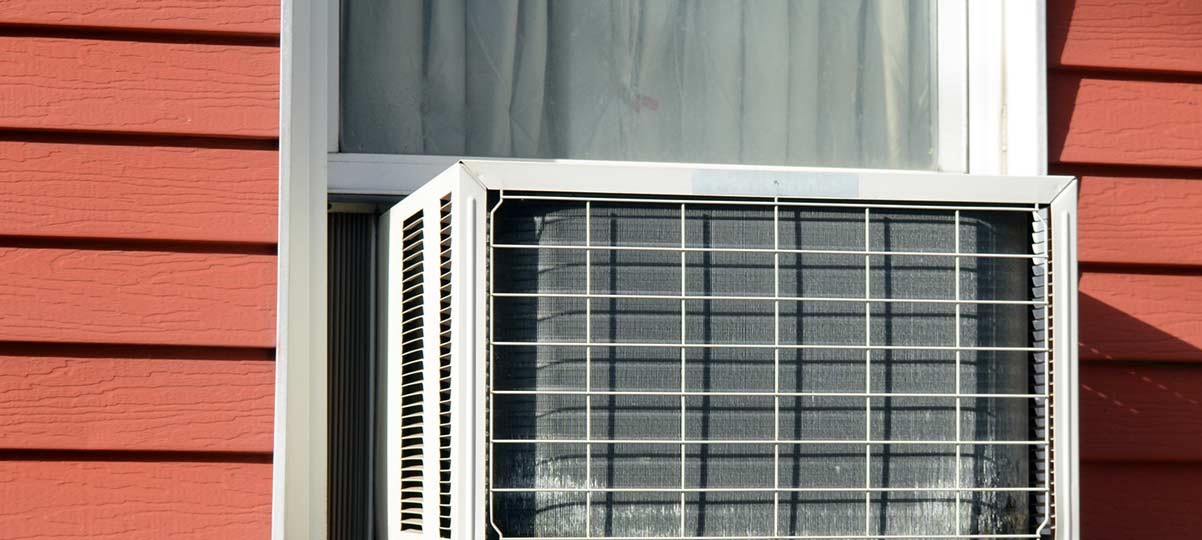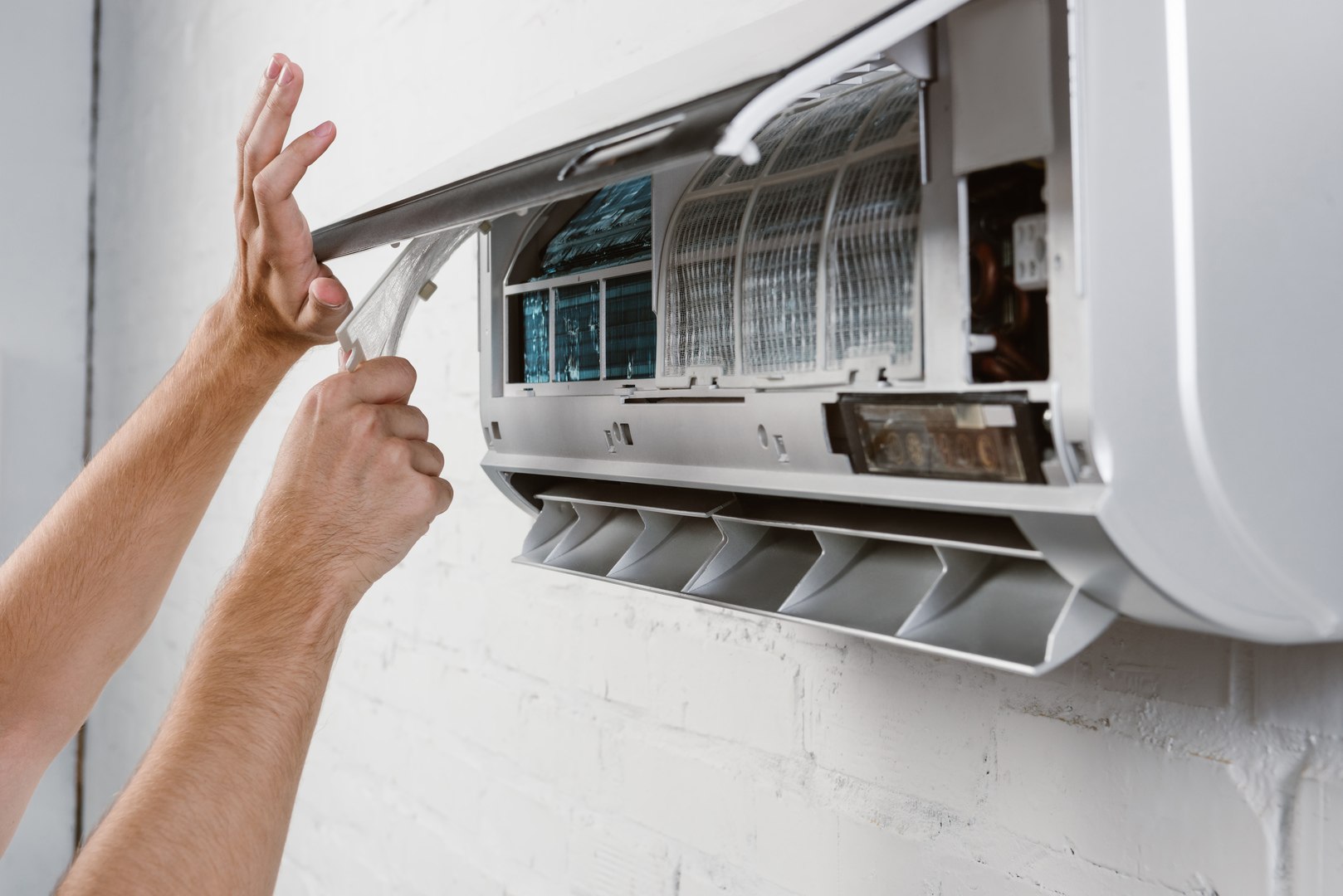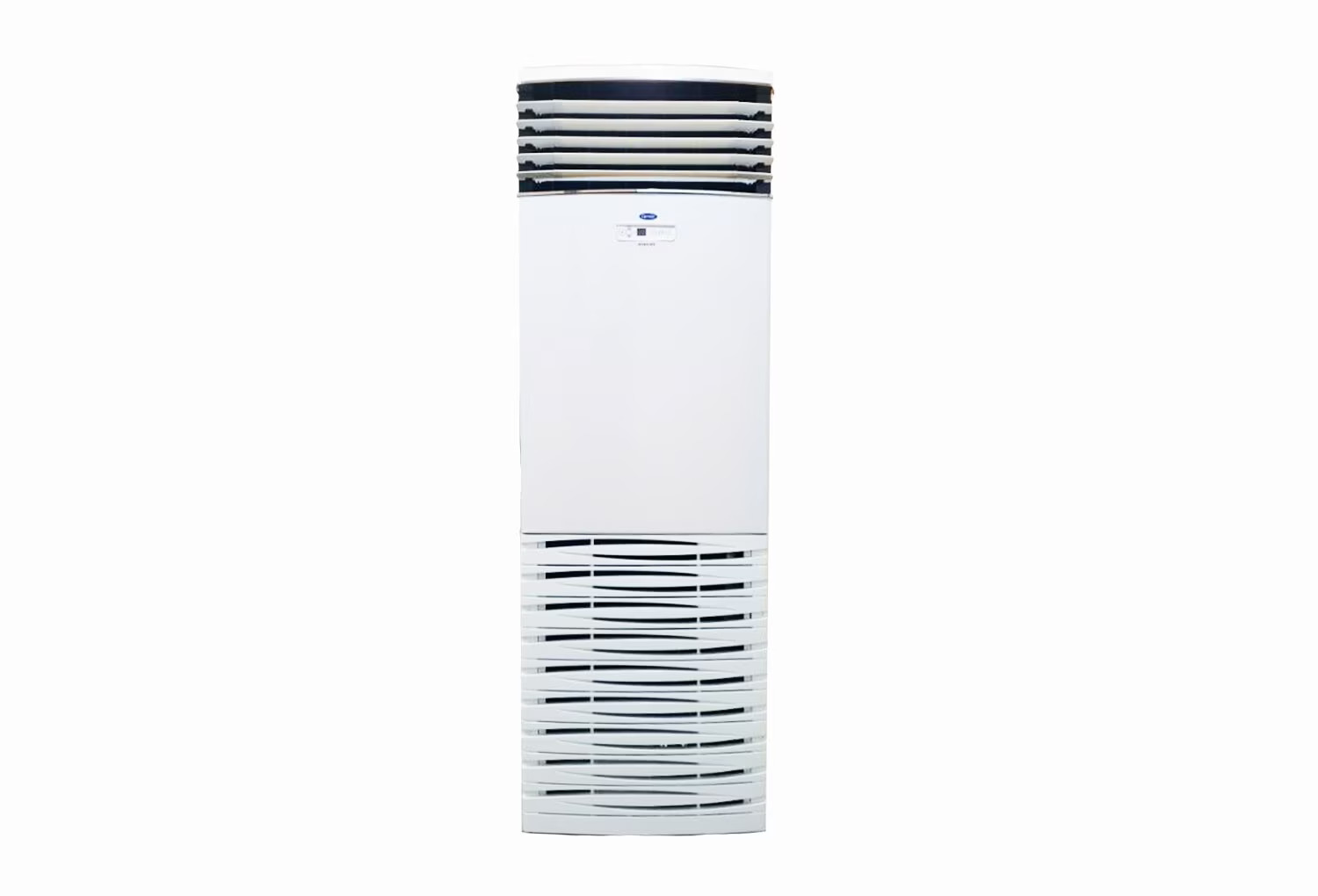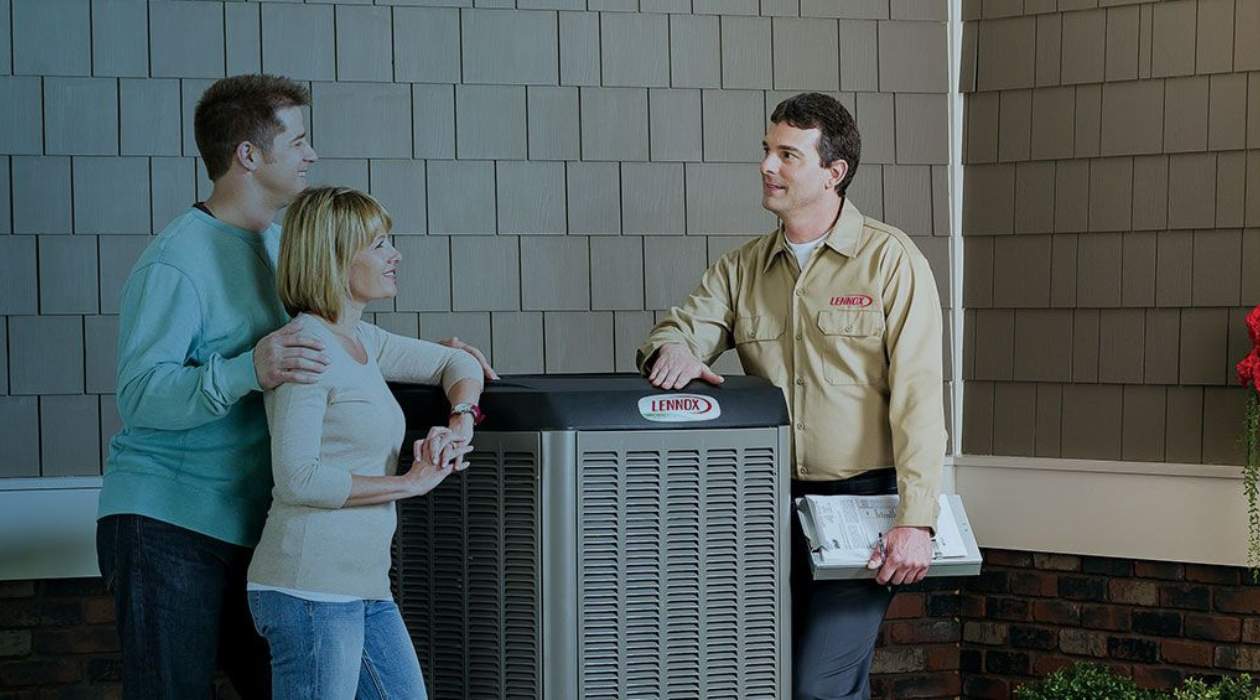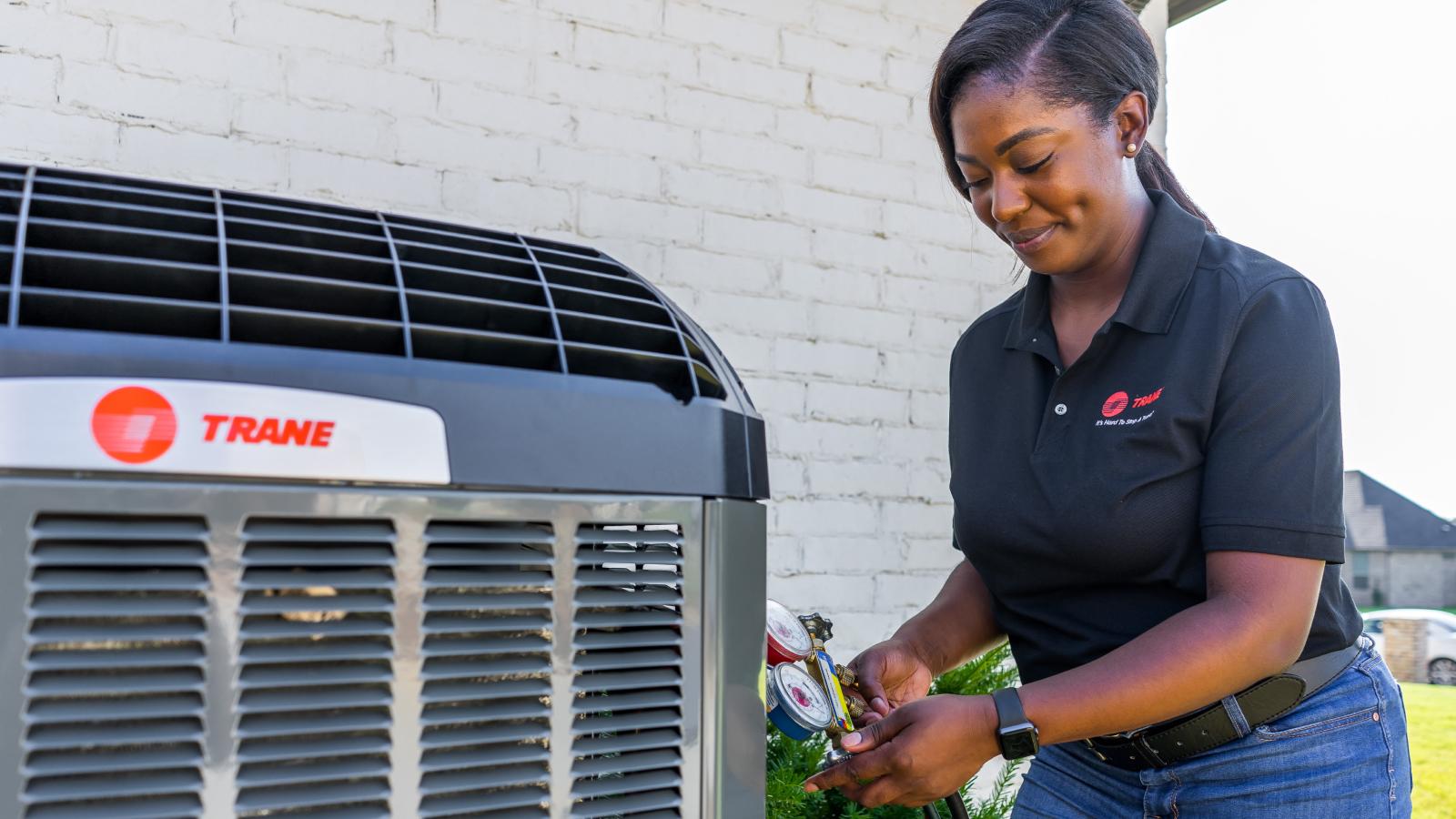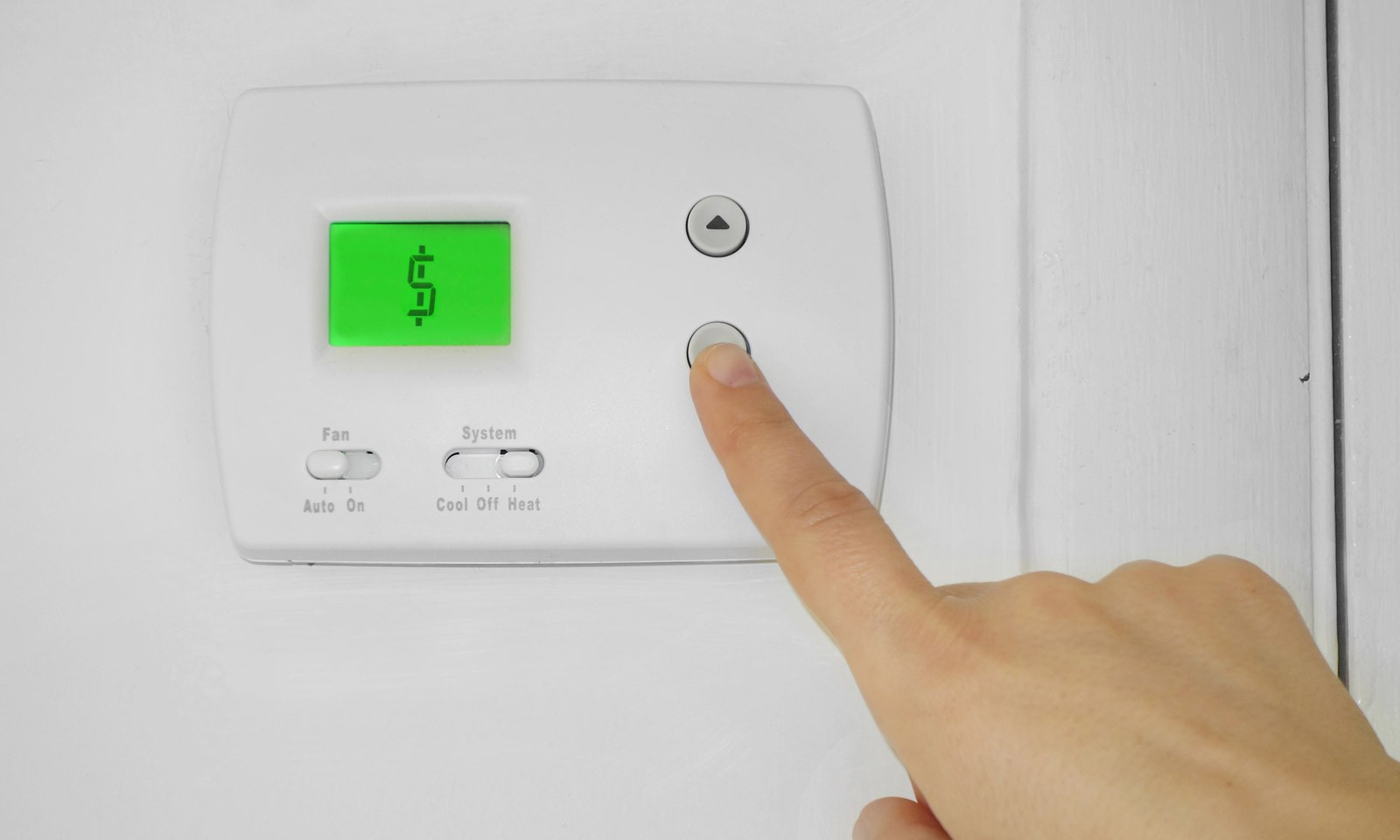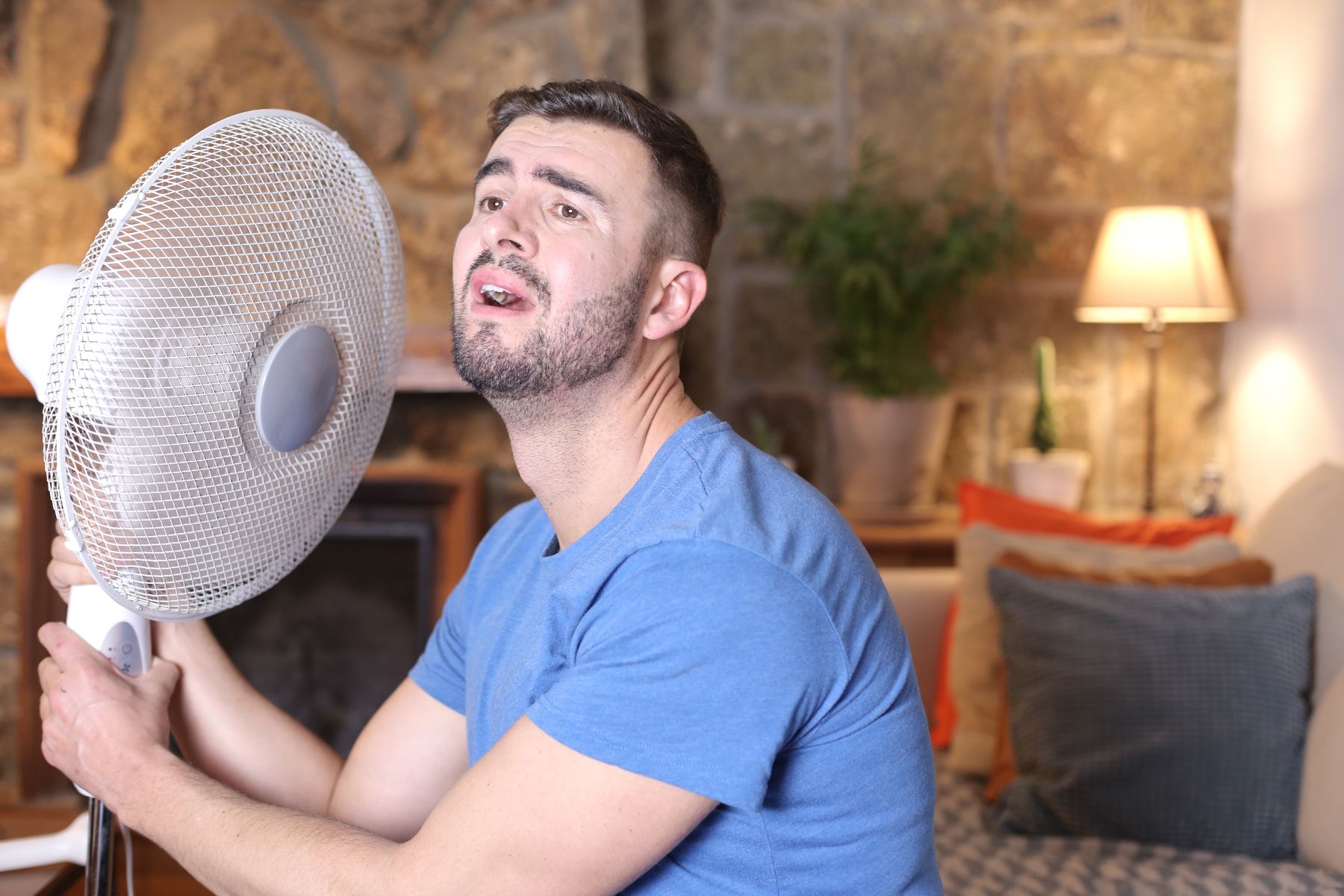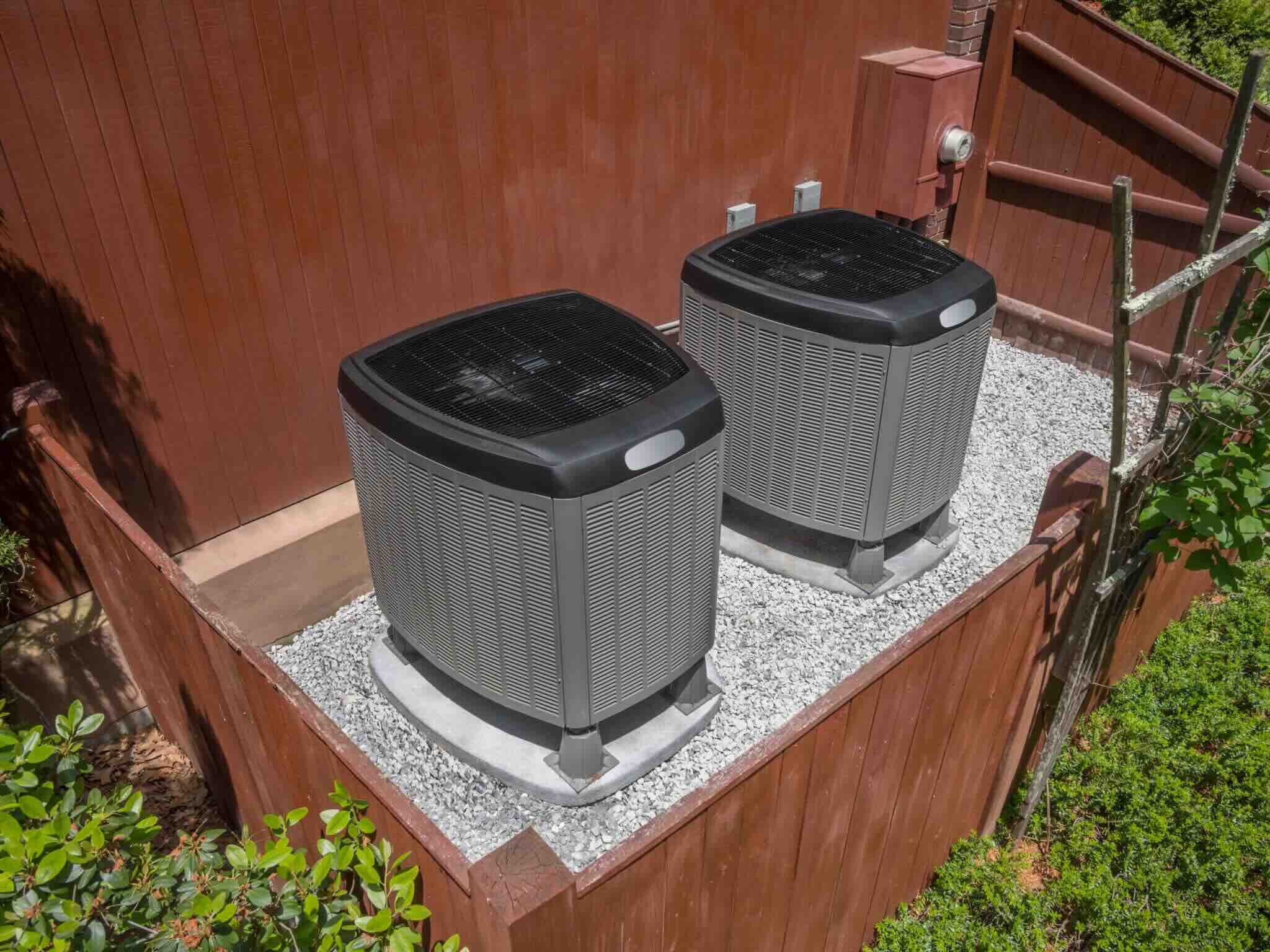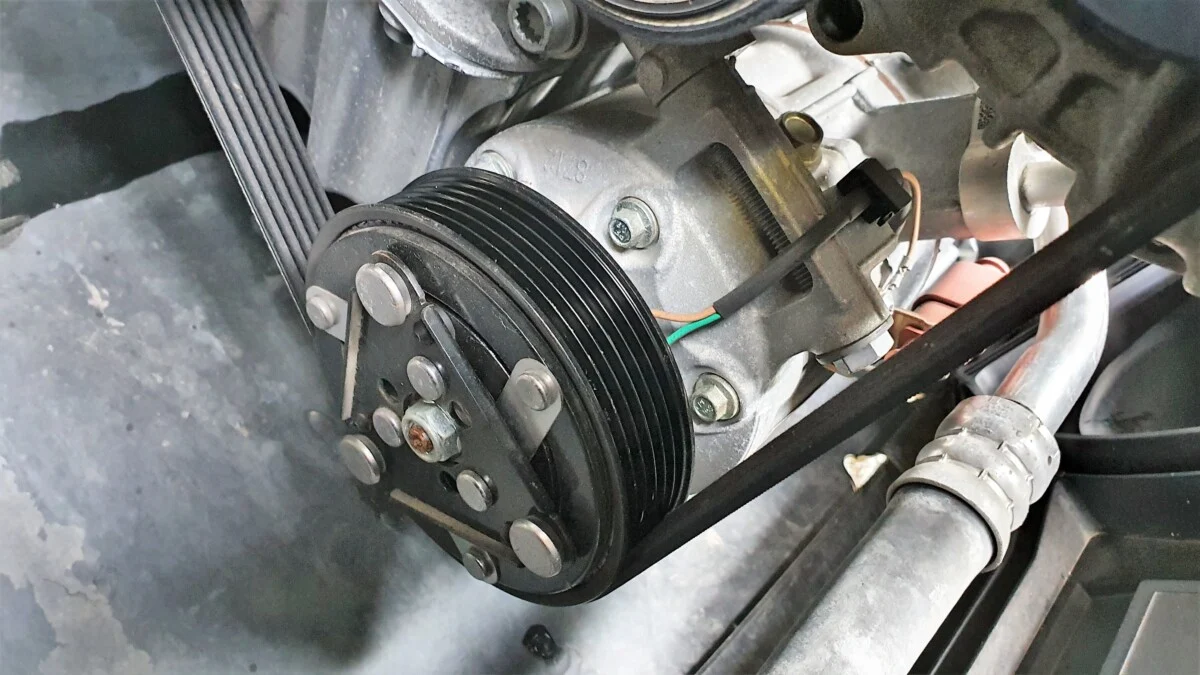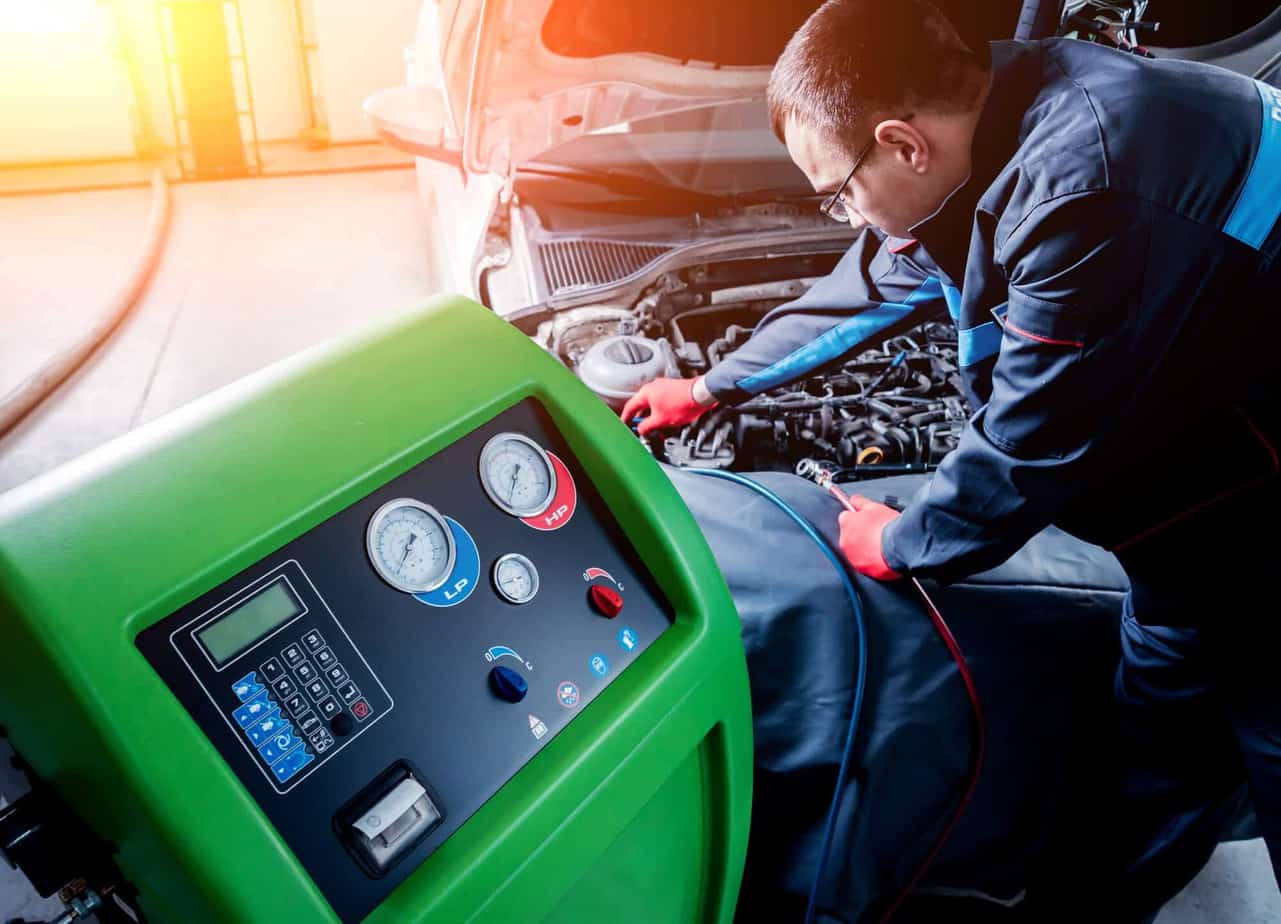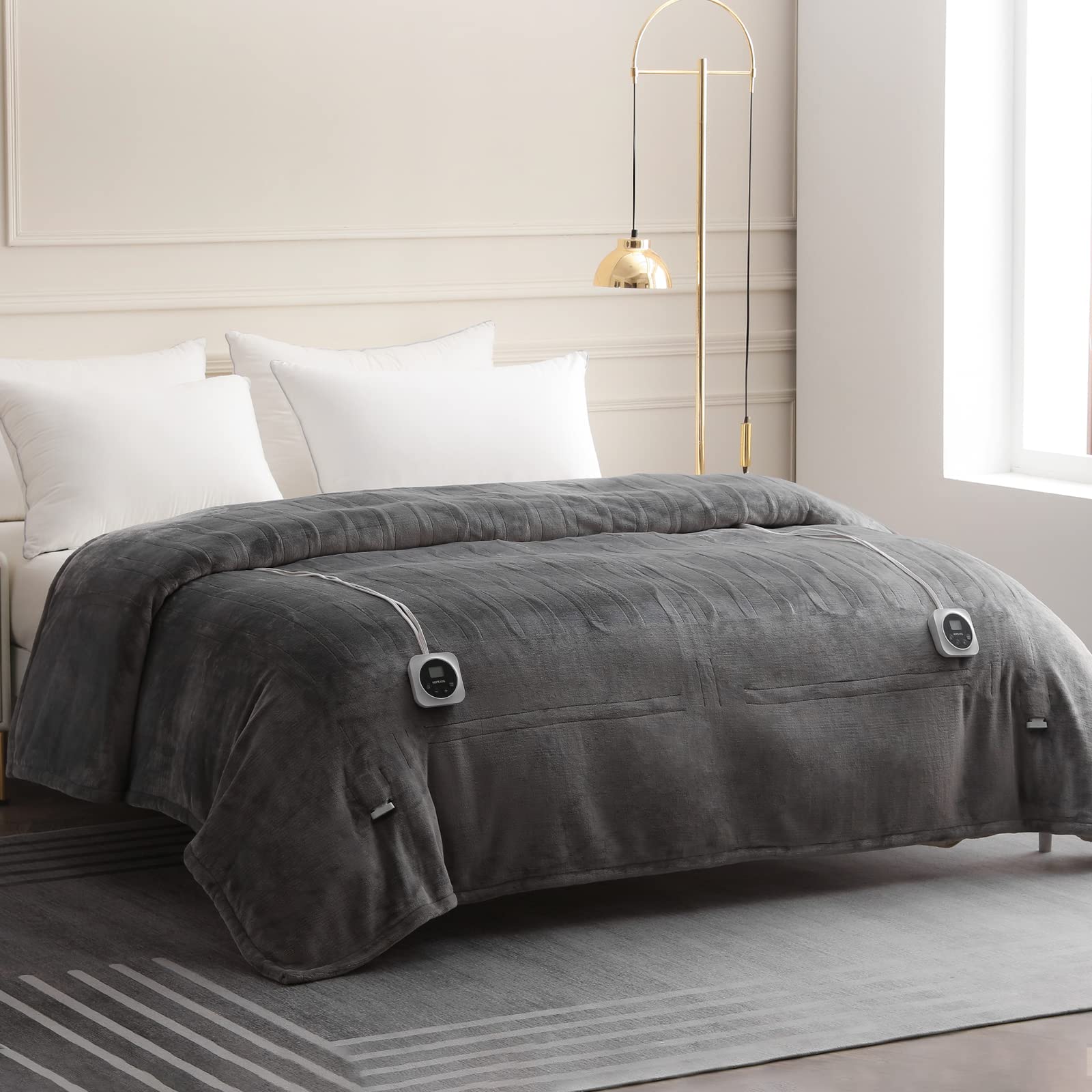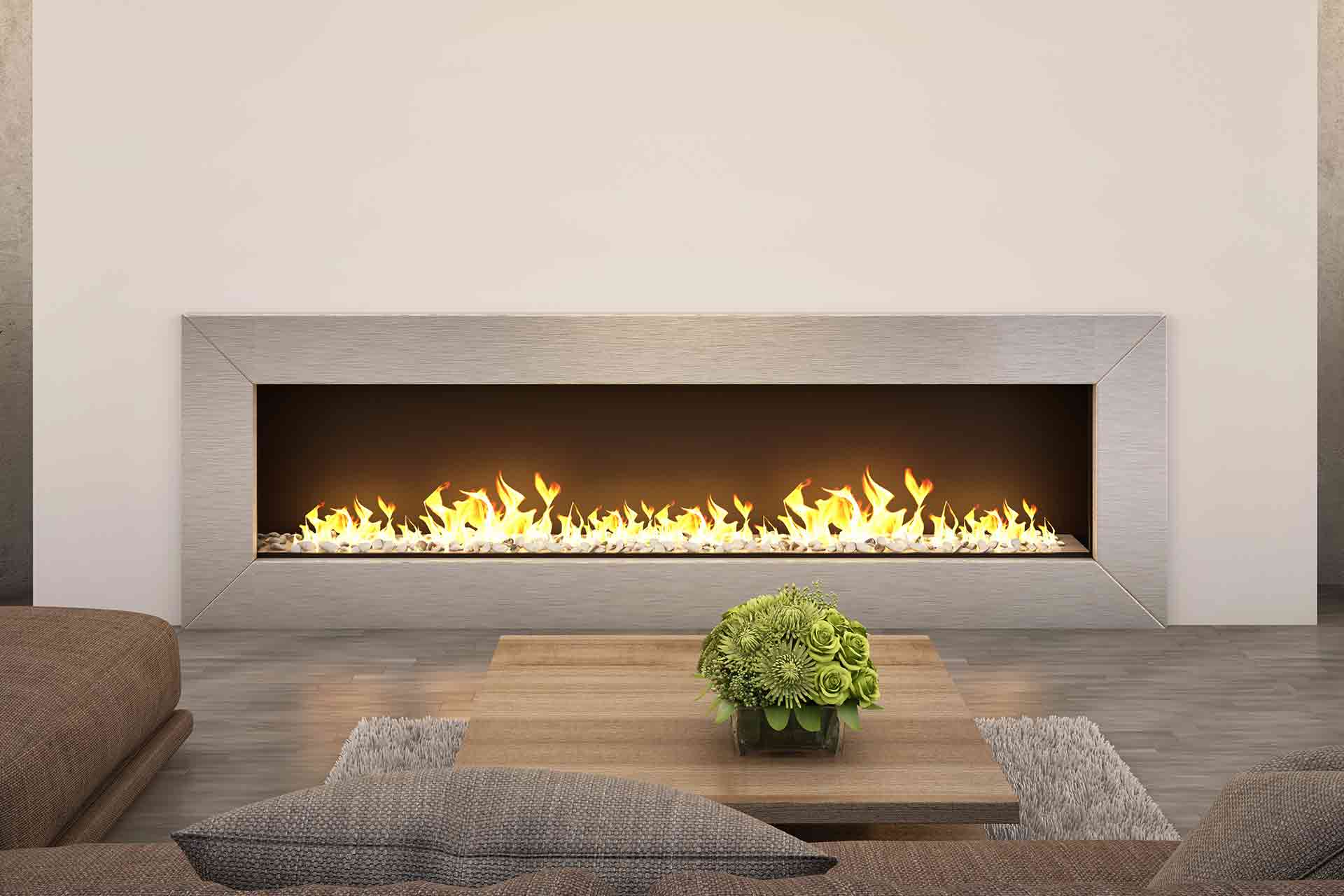Home>Home Maintenance>How Much Does It Cost To Run A Portable Air Conditioner
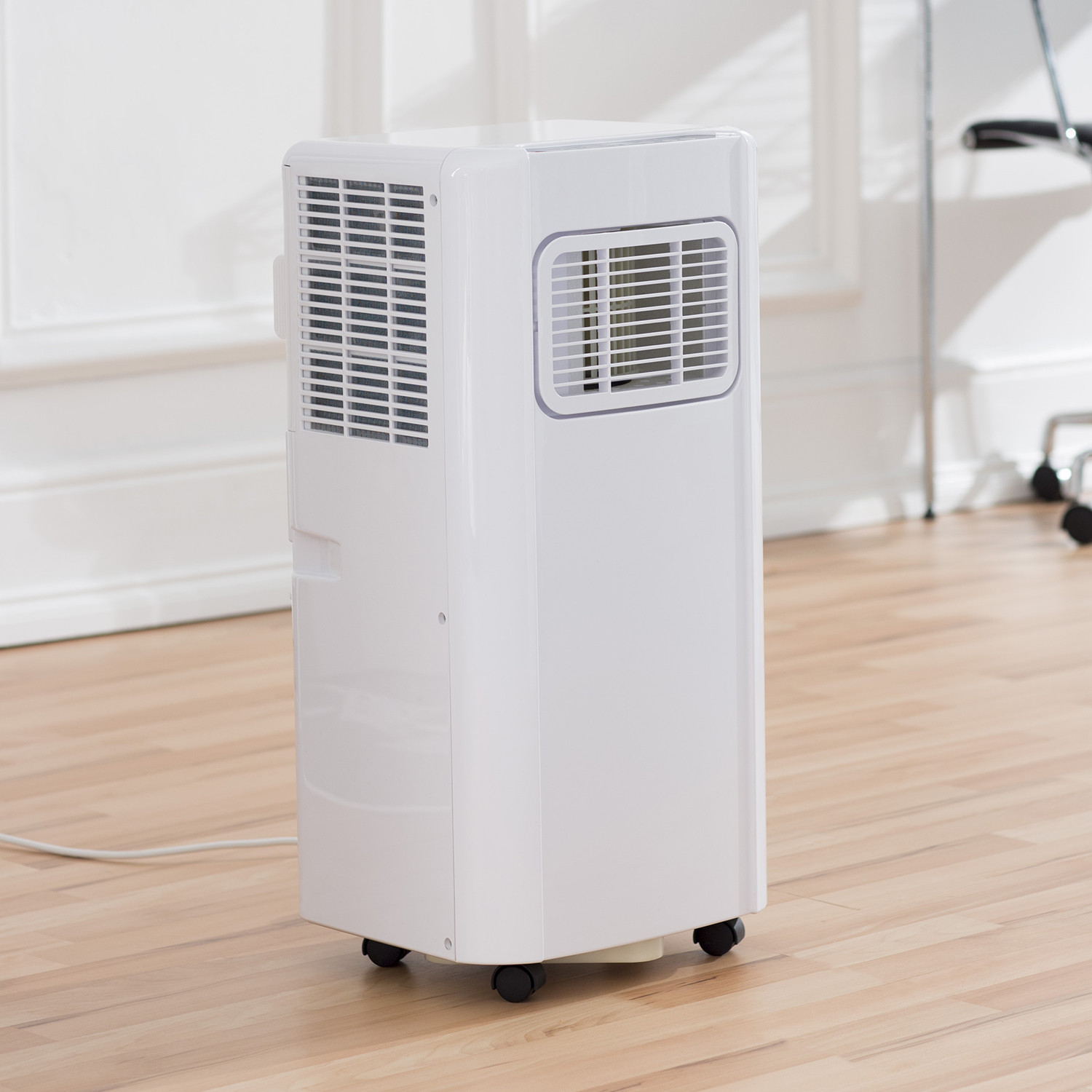

Home Maintenance
How Much Does It Cost To Run A Portable Air Conditioner
Modified: August 27, 2024
Discover the average cost of running a portable air conditioner and keep your home cool during the hot summer months. Learn more about home maintenance expenses today.
(Many of the links in this article redirect to a specific reviewed product. Your purchase of these products through affiliate links helps to generate commission for Storables.com, at no extra cost. Learn more)
Introduction
Welcome to our guide on the cost of running a portable air conditioner! As summer temperatures rise, many homeowners turn to portable air conditioners to keep their homes cool and comfortable. However, a common concern among individuals considering this cooling option is the cost associated with it.
In this article, we will explore the factors that affect the cost of running a portable air conditioner, discuss the energy efficiency of these units, and provide tips on how to reduce the cost of operation. By the end of this guide, you will have a clearer understanding of the financial implications of using a portable air conditioner and how to maximize its efficiency.
Before we delve into the cost factors, it’s important to note that portable air conditioners are an excellent alternative to central air conditioning systems, especially for those who live in rented spaces or smaller homes. They offer flexibility, allowing you to move them from one room to another and provide targeted cooling.
Now, let’s take a closer look at the factors that influence the cost of running a portable air conditioner.
Key Takeaways:
- Keep your portable air conditioner cost-effective by choosing an energy-efficient unit with high EER or SEER ratings, utilizing programmable settings, and sealing and insulating your home.
- Reduce the cost of running your portable air conditioner by setting the temperature appropriately, utilizing natural ventilation, and maintaining and cleaning the unit regularly.
Factors Affecting the Cost of Running a Portable Air Conditioner
Understanding the factors that contribute to the cost of running a portable air conditioner can help you make informed decisions about its usage. Here are the key factors to consider:
- Energy Efficiency: The energy efficiency of a portable air conditioner plays a significant role in determining its operating cost. Look for units with a high Energy Efficiency Ratio (EER) or Seasonal Energy Efficiency Ratio (SEER) rating, as they consume less energy while delivering optimal cooling.
- BTU Output: The British Thermal Units (BTU) rating indicates the cooling capacity of a portable air conditioner. Units with higher BTU ratings will cool larger spaces but may consume more energy. It’s essential to choose the right size portable air conditioner that matches the square footage of the area you wish to cool.
- Number of Operating Hours: The amount of time your portable air conditioner runs directly affects your electricity bill. If you run the unit for extended periods, such as overnight or when you’re not at home, it will result in higher energy consumption and costs.
- Climate and Ambient Temperature: The ambient temperature and humidity level of your location can impact the energy consumption of a portable air conditioner. If you live in an area with high temperatures and humidity, the unit needs to work harder to cool the space, leading to increased energy usage.
- Insulation and Window Coverings: The insulation level and quality of your home, as well as the effectiveness of window coverings, play a role in how well your portable air conditioner maintains the desired temperature. Poor insulation or lack of efficient window coverings can result in air leakage and higher energy usage.
By considering these factors and making informed choices, you can optimize the cost-effectiveness of running a portable air conditioner. In the next section, we will explore the energy efficiency of these units in more detail.
Energy Efficiency of Portable Air Conditioners
When it comes to running a portable air conditioner, energy efficiency is a crucial factor to consider. An energy-efficient unit not only helps reduce your carbon footprint but also lowers your electricity bills. Here are some key points about the energy efficiency of portable air conditioners:
- EER and SEER Ratings: Portable air conditioners are assigned Energy Efficiency Ratio (EER) or Seasonal Energy Efficiency Ratio (SEER) ratings. These ratings indicate the cooling capacity of the unit per unit of energy consumed. The higher the EER or SEER rating, the more efficient the portable air conditioner is, resulting in lower energy costs.
- Dual-Hose vs. Single-Hose Design: Portable air conditioners are available in two main designs: dual-hose and single-hose. Dual-hose units have separate intake and exhaust hoses, which enhance energy efficiency by preventing the unit from drawing in warm air from the outside. Single-hose units, on the other hand, use a single hose for both intake and exhaust, leading to slightly lower energy efficiency.
- Programmable Settings: Look for portable air conditioners with programmable settings, such as timers and sleep modes. These features allow you to set specific operating schedules and temperature adjustments, helping you optimize energy consumption by running the unit only when needed.
- Energy-Saving Mode: Some portable air conditioners come with an energy-saving mode that automatically adjusts the cooling settings to maintain comfort while minimizing energy usage. This mode can contribute to significant cost savings over time.
- ENERGY STAR Certification: Portable air conditioners that have earned the ENERGY STAR certification meet specific energy efficiency guidelines determined by the U.S. Environmental Protection Agency. Choosing an ENERGY STAR-certified unit ensures that you are using a highly efficient appliance that can help reduce both energy consumption and costs.
Considering these energy-efficient features when purchasing a portable air conditioner can lead to significant savings in the long run. However, it’s important to note that energy efficiency alone is not the sole determinant of operating costs. Other factors, such as the size of the space being cooled and the frequency of use, also come into play.
Now that you understand the energy efficiency of portable air conditioners, you might be wondering how to calculate the energy usage and cost of running these units. In the next section, we will explore the process of calculating energy usage.
Calculating the Energy Usage of a Portable Air Conditioner
To estimate the energy usage and cost of running a portable air conditioner, you need to take into account several factors. Here’s a step-by-step guide on how to calculate the energy usage:
- Determine the Power Consumption: Look for the power consumption rating of your portable air conditioner, usually measured in watts. This information can usually be found on the product label or in the user manual. The power consumption rating represents the amount of electricity the unit uses when operating at its maximum cooling capacity.
- Convert Watts to Kilowatts: Since electricity is billed in kilowatt-hours (kWh), you need to convert the watts to kilowatts. To do this, divide the power consumption in watts by 1,000. For example, if your portable air conditioner uses 1,500 watts, the calculation would be: 1500 watts ÷ 1000 = 1.5 kilowatts.
- Calculate the Operating Hours: Determine the number of hours you expect to run the portable air conditioner per day. This could be based on your usage patterns, such as running it during the hottest part of the day or throughout the night for better sleep. Keep in mind that the more hours the unit is in operation, the higher your energy consumption and cost will be.
- Estimate the Daily Energy Usage: Multiply the kilowatt rating of your portable air conditioner by the number of operating hours per day. For example, if your unit uses 1.5 kilowatts and you run it for 6 hours per day, the calculation would be: 1.5 kilowatts x 6 hours = 9 kilowatt-hours (kWh) per day.
- Calculate the Monthly Energy Usage: Multiply the daily energy usage by the number of days in a month to estimate the monthly energy consumption. This will give you a rough idea of how much energy the portable air conditioner is using over a 30-day period.
- Determine the Cost: Lastly, to determine the cost of running a portable air conditioner, multiply the monthly energy usage (in kilowatt-hours) by the cost per kilowatt-hour charged by your utility provider. You can find this rate on your electricity bill. This calculation will give you an estimate of the monthly cost of operating your portable air conditioner.
It’s important to note that this calculation provides a rough estimate and does not account for fluctuations in energy consumption due to changes in weather, temperature settings, or other external factors. However, it can give you a good starting point to gauge the energy usage and cost associated with running a portable air conditioner.
Now that you understand how to calculate energy usage, let’s examine the average cost of electricity to get a clearer picture of the expenses involved in running a portable air conditioner.
To estimate the cost of running a portable air conditioner, multiply the unit’s wattage by the number of hours it will be used, then divide by 1000 to get the kilowatt-hours. Finally, multiply by your electricity rate to get the cost.
Average Cost of Electricity
The cost of electricity varies depending on your location and the utility provider. It’s essential to understand the average cost of electricity in your area as it directly impacts the overall expenses of running a portable air conditioner. Here are some key points to consider:
- Price per Kilowatt-Hour (kWh): Electricity is typically measured and billed in kilowatt-hours (kWh). The cost per kilowatt-hour varies from region to region and can also fluctuate based on the time of day or the type of pricing plan you are on. Look for your electricity bill or contact your utility provider to determine the current cost per kilowatt-hour in your area.
- State and Local Factors: Electricity costs can be influenced by various state-specific or local factors, such as taxes, regulations, infrastructure, and the availability of renewable energy sources. These factors can lead to variations in electricity rates across different regions.
- Time-of-Use Rates: Some utility providers offer time-of-use rates, which means the cost of electricity can vary based on the time of day. Electricity might be cheaper during off-peak hours, such as late at night or early in the morning when the demand for electricity is lower.
- Seasonal Changes: In some regions, electricity rates might fluctuate depending on the season. Summer months, when air conditioners are commonly used, might have different pricing structures compared to other times of the year.
It’s essential to stay informed about the average cost of electricity in your area to accurately estimate the expenses of running a portable air conditioner. By understanding the cost per kilowatt-hour and how it factors into your energy usage calculation, you can better manage your energy costs.
Now that we’ve discussed the average cost of electricity, let’s move on to determining the actual cost of running a portable air conditioner based on the calculations we made earlier.
Determining the Cost to Run a Portable Air Conditioner
Now that you have an idea of your portable air conditioner’s energy usage and the average cost of electricity in your area, you can determine the approximate cost to run your unit. Follow these steps to calculate the cost:
- Review Your Energy Usage Calculation: Refer back to the calculation you made earlier to estimate the monthly energy usage of your portable air conditioner in kilowatt-hours (kWh).
- Check the Cost per Kilowatt-Hour: Look at your electricity bill or contact your utility provider to find the current cost per kilowatt-hour in your area.
- Multiply Energy Usage by Cost per Kilowatt-Hour: Multiply the monthly energy usage (in kilowatt-hours) by the cost per kilowatt-hour. For example, if your monthly energy usage is 100 kWh and the cost per kilowatt-hour is $0.15, the calculation would be: 100 kWh x $0.15 = $15.
- Consider Additional Factors: Keep in mind that this calculation provides an estimate based solely on the energy consumption of your portable air conditioner. Other factors, such as taxes, fees, and any applicable time-of-use rates, can affect your overall electricity bill. Be sure to take these into consideration for a more accurate cost assessment.
By following these steps, you can determine the approximate cost of running your portable air conditioner. This estimation will help you better understand the financial impact and plan your energy usage accordingly.
Now that we have explored the factors affecting the cost of running a portable air conditioner and how to calculate its expenses, let’s move on to some tips for reducing the cost and maximizing efficiency.
Tips for Reducing the Cost of Running a Portable Air Conditioner
Running a portable air conditioner doesn’t have to break the bank. By implementing some energy-saving strategies, you can reduce the cost of operation while still enjoying a cool and comfortable home. Consider these tips to maximize efficiency and lower your expenses:
- Set the Temperature Appropriately: Keep your portable air conditioner set to a comfortable temperature, usually around 78 degrees Fahrenheit (25 degrees Celsius). Avoid setting it lower than necessary, as each degree decrease can significantly increase energy consumption.
- Utilize Programmable Settings: Take advantage of the programmable settings on your portable air conditioner. Use timers or sleep modes to automatically adjust the temperature and operating hours, ensuring the unit is only running when needed.
- Seal and Insulate: Properly seal any gaps or cracks around windows, doors, and other potential air leaks. Additionally, consider insulating your home to prevent cool air from escaping and hot air from entering, reducing the workload on your portable air conditioner.
- Use Curtains or Blinds: Keep your curtains or blinds closed during the day to block out direct sunlight and prevent heat buildup. This will reduce the load on your portable air conditioner, allowing it to run more efficiently.
- Consider Supplementary Cooling: If you spend most of your time in one area of your home, such as a home office or living room, consider using a portable fan or a smaller, more energy-efficient cooling option for those spaces instead of running the portable air conditioner throughout the entire house.
- Maintain and Clean Regularly: Keep your portable air conditioner well-maintained by cleaning or replacing the air filters regularly. Clogged filters can restrict airflow and cause the unit to work harder, increasing energy consumption.
- Take Advantage of Natural Ventilation: During cooler evenings or early mornings, take advantage of natural ventilation by opening windows and using fans to draw in fresh air. This can help reduce the reliance on your portable air conditioner during milder temperatures.
- Consider Energy-Saving Mode: If your portable air conditioner has an energy-saving mode, enable it. This feature optimizes energy usage by automatically adjusting the cooling settings while maintaining comfort levels in your home.
By implementing these tips, you can reduce the cost of running your portable air conditioner while still enjoying the benefits of a cool indoor environment. Remember, small changes in energy-saving habits can make a significant difference in your overall energy consumption and expenses.
Now that you’re equipped with strategies to lower the cost of running a portable air conditioner, let’s summarize the key points we have discussed.
Conclusion
Running a portable air conditioner can provide much-needed relief during hot summer months, but understanding the cost associated with it is essential. By considering the factors that affect the cost of running a portable air conditioner, such as energy efficiency, BTU output, operating hours, climate, and insulation, you can make informed decisions about your cooling needs.
Calculating the energy usage of a portable air conditioner allows you to estimate the monthly cost based on your unit’s power consumption and the average cost of electricity in your area. By minimizing energy usage and implementing energy-saving techniques, you can further reduce the cost of operation.
Remember to choose an energy-efficient portable air conditioner with high EER or SEER ratings, utilize programmable settings and energy-saving modes, and properly seal and insulate your home. Regular maintenance and cleaning of your unit are also crucial for optimal performance and efficiency.
Lastly, take advantage of natural ventilation, consider supplementary cooling options for specific areas, and keep room temperature at a comfortable level to avoid unnecessary energy consumption.
By incorporating these tips and strategies, you can lower the cost of running a portable air conditioner without compromising your comfort. Remember, every energy-saving action counts, not only for your wallet but also for the environment.
Stay cool and enjoy the summer while being mindful of your energy consumption!
Frequently Asked Questions about How Much Does It Cost To Run A Portable Air Conditioner
Was this page helpful?
At Storables.com, we guarantee accurate and reliable information. Our content, validated by Expert Board Contributors, is crafted following stringent Editorial Policies. We're committed to providing you with well-researched, expert-backed insights for all your informational needs.
